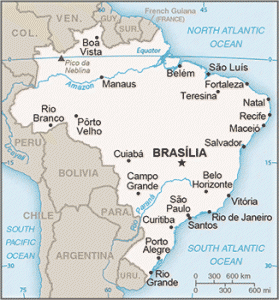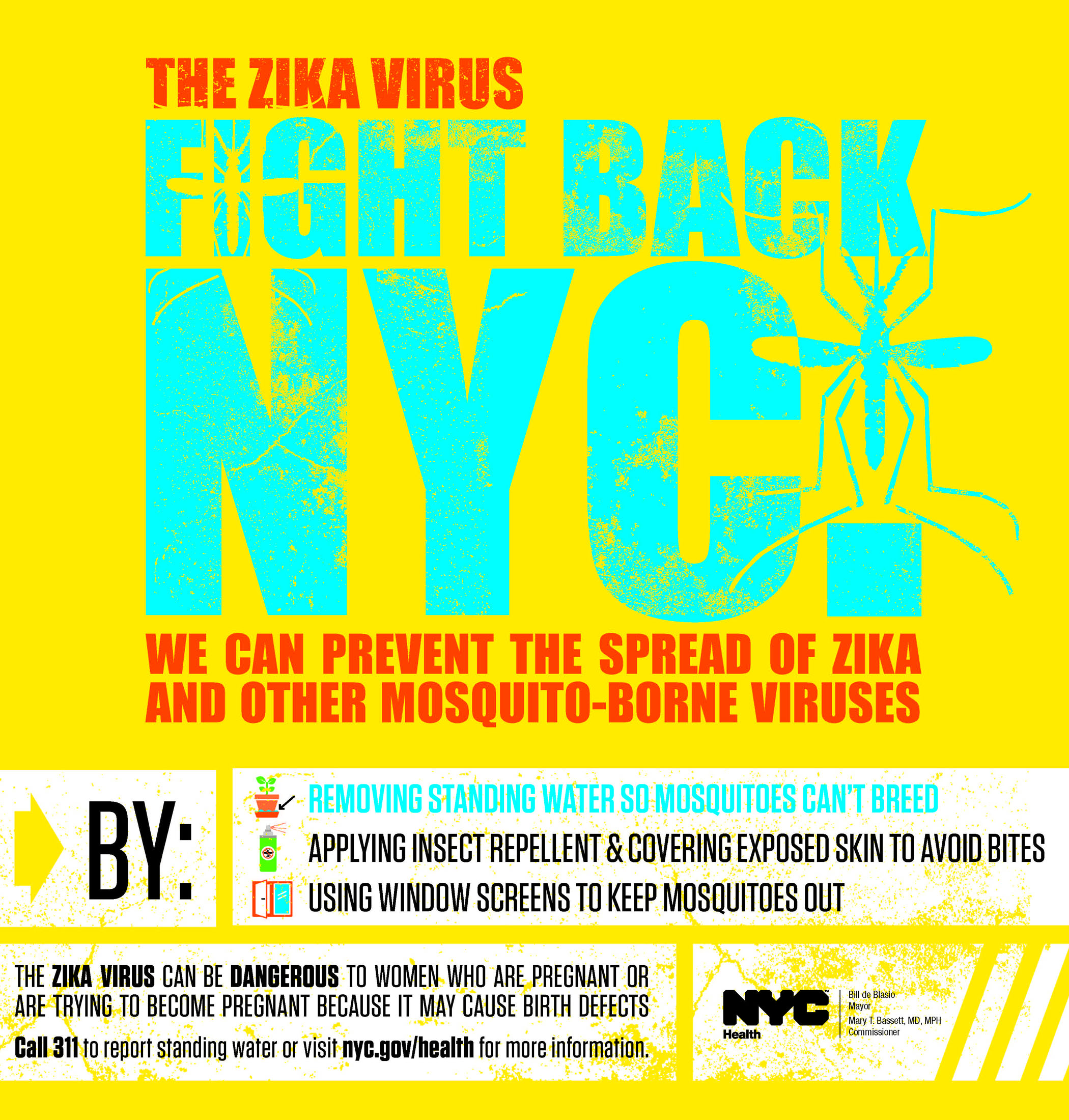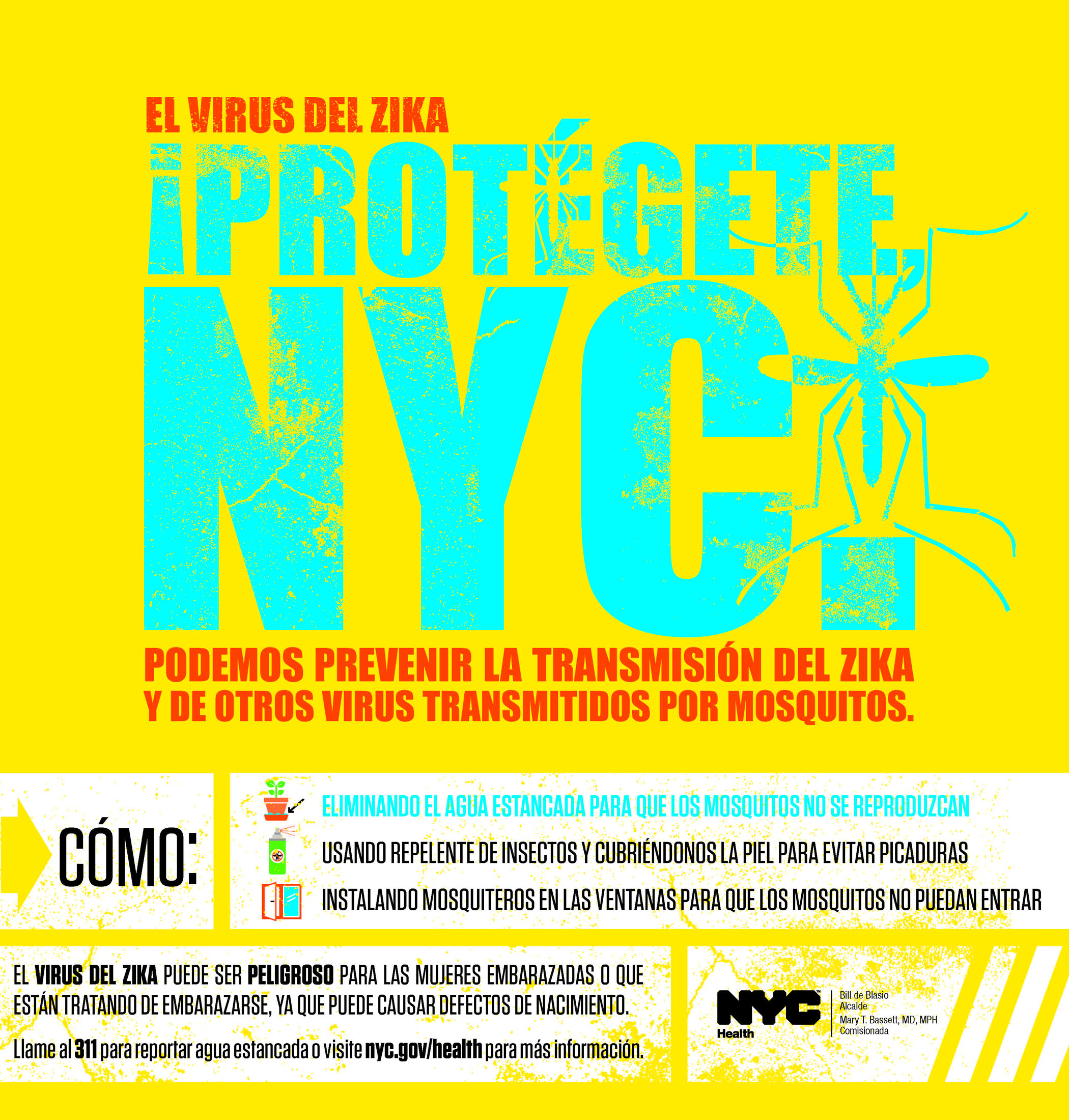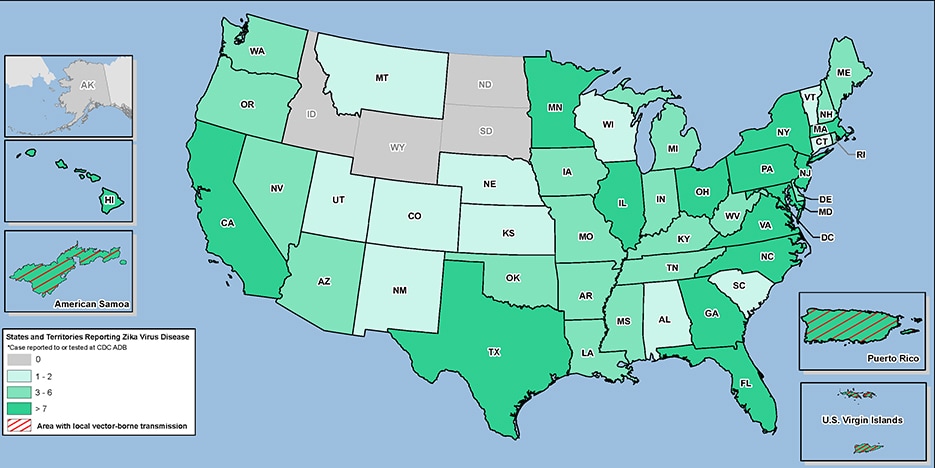26 May 2016
A yellow fever outbreak was detected in Luanda, Angola late in December 2015. The first cases were confirmed by the National Institute for Communicable Diseases (NICD) in South Africa on 19 January 2016 and by the Institut Pasteur Dakar (IP-D) on 20 January. Subsequently, a rapid increase in the number of cases has been observed.
Figure 1. Monthly timeline of yellow fever infected districts in Angola,
December 2015 to May 2016

Emergency Committee regarding yellow fever
An Emergency Committee (EC) regarding yellow fever was convened by WHO’s Director-General under the International Health Regulations (IHR 2005) on 19 May 2016. Following the advice of the EC, the Director-General decided that the urban yellow fever outbreaks in Angola and DRC are serious public health events which warrant intensified national action and enhanced international support. The events do not at this time constitute a Public Health Emergency of International Concern (PHEIC).
Summary:
Angola: 2536 suspected cases
As of 25 May 2016, Angola has reported 2536 suspected cases of yellow fever with 301 deaths. Among those cases, 747 have been laboratory confirmed. Despite vaccination campaigns in Luanda, Huambo and Benguela provinces, circulation of the virus persists in some districts. Vaccination campaigns started on 16 May in Cuanza Sul, Huila and Uige provinces. Lunda Norte has reported, for the first time since the beginning of the outbreak, 5 autochthonous laboratory confirmed cases in 2 districts.
Three countries have reported confirmed yellow fever cases imported from Angola: Democratic Republic of The Congo (DRC) (41 cases), Kenya (2 cases) and People’s Republic of China (11 cases). This highlights the risk of international spread through nonimmunised travellers.
Democratic Republic of The Congo: 48 laboratory confirmed cases
On 22 March 2016, the Ministry of Health of DRC confirmed cases of yellow fever in connection with Angola. The government officially declared the yellow fever outbreak on 23 April. As of 25 May, DRC has reported three probable cases and 48 laboratory confirmed cases: 41 of those are imported from Angola, reported in Kongo Central, Kinshasa and Kwango (formerly Bandundu) provinces, two are autochthonous cases in Ndjili, Kinshasa and in Matadi, Kongo Central provinces. The possibility of locally acquired infection is under investigation for at least three non-classified cases in both Kongo Central (Muanda district) and Kwango provinces.
Uganda: 60 suspect cases
In Uganda, the Ministry of Health notified yellow fever cases in Masaka district on 9 April 2016. As of 25 May, 60 suspected cases, of which seven are laboratory confirmed, have been reported from three districts: Masaka, Rukungiri and Kalangala. According to sequencing results, those clusters are not epidemiologically linked to Angola.
The risk of spread
The virus in Angola and DRC is largely concentrated in main cities. The risk of spread and local transmission to other provinces in Angola, DRC and Uganda remains a serious concern. There is also a high risk of potential spread to bordering countries especially those previously classified as low-risk for yellow fever disease (i.e. Namibia, Zambia) and where the population, travellers and foreign workers are not vaccinated against yellow fever.
Confirmed yellow fever cases exported from Angola has been documented in Kenya (two cases) and People’s Republic of China (11 cases). This highlights the risk of international spread through non-immunised travellers.
Risk assessment
The outbreak in Angola remains of high concern due to:
- Persistent local transmission in Luanda despite the fact that more than seven million people have been vaccinated.
- Local transmission has been reported in seven highly populated provinces including Luanda. Luanda Norte is the province that most recently reported yellow fever transmission.
- The continued extension of the outbreak to new provinces and new districts.
- High risk of spread to neighbouring countries. As the borders are porous with substantial crossborder social and economic activities, further transmission cannot be excluded. Viraemic travelling patients pose a risk for the establishment of local transmission especially in countries where adequate vectors and susceptible human populations are present.
- Inadequate surveillance system capable of identifying new foci or areas of cases emerging.
- High index of suspicion of ongoing transmission in areas hard to reach like Cabinda.










